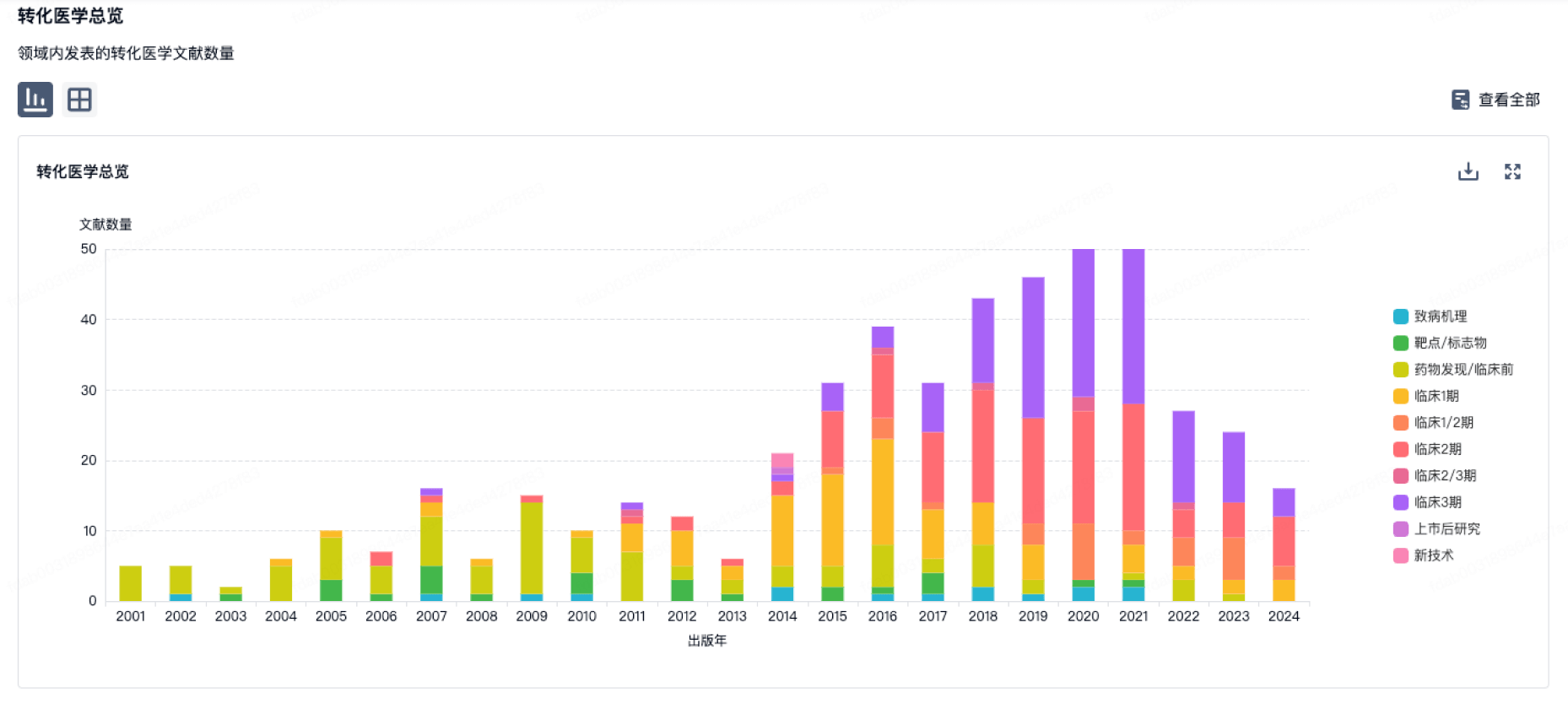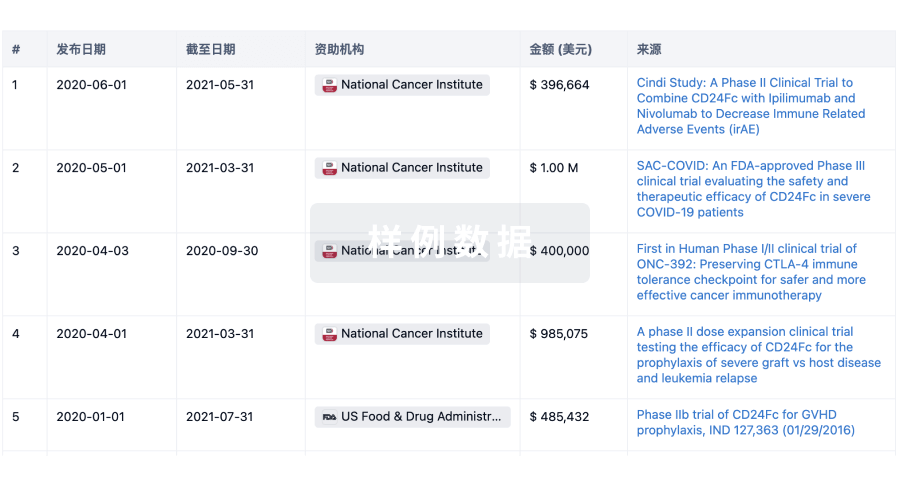预约演示
更新于:2025-05-07

Hobbs Rehabilitation Ltd.
更新于:2025-05-07
概览
关联
4
项与 Hobbs Rehabilitation Ltd. 相关的临床试验NCT05320549
Effect of a Community-based Exercise Programme on Physical, Psychosocial and Economic Health Outcomes in Individuals Living With Stroke
Physical activity is known to be beneficial for supporting health and wellbeing. A number of schemes and strategies have been developed to improve uptake of physical activity in the United Kingdom (UK) population, including the 'Everybody active, every day' framework. This framework includes recommendations for referral from a healthcare professional for people to become more active. For those with an existing health condition or other risk factors that could lead to health problems, such referrals may be to an 'exercise referral scheme' (ERS). However, there are often limited opportunities for individuals diagnosed with stroke and/or a Transient Ischaemic Attack (TIA to engage in rigorously monitored, exercise and behaviour change opportunities once they have been discharged from the National Health Service (NHS). In Winchester, General Practitioners (GPs) refer approximately 10 to 20 stroke/TIA patients to the Winchester City Council led exercise referral scheme each year, despite the local trust (Hampshire Hospitals NHS Foundation Trust; HHFT) diagnosing approx. 1000 cases each year. With limited time and resources for GPs to effectively refer eligible patients to the programme, greater engagement with NHS hospitals may be necessary to increase the referral and uptake of such programmes. Accordingly, the Health Enhancing Lifestyle Programme (HELP) Hampshire Stroke Clinic (www.helphampshire.co.uk) was launched in March 2019 and provides individuals who have experienced a stroke with various community-based, accessible, group-focused exercise opportunities. Referrals primarily come from consultants, physiotherapists and occupational therapists from HHFT.
The purpose of this study is to document outcomes (physical, psycho-social, economic) to indicate the effectiveness of the HELP Hampshire exercise referral scheme.
The purpose of this study is to document outcomes (physical, psycho-social, economic) to indicate the effectiveness of the HELP Hampshire exercise referral scheme.
开始日期2022-05-15 |
申办/合作机构 |
NCT05276453
Effect of Dynamic Pressotherapy on Vascular, Functional and Quality of Life Outcomes in Patients With Chronic Stroke
This study intends to recruit stroke patients to either wearing a lower-limb compression (GMove) suit, daily, for 12 weeks, or to a normal therapy control group. Vascular, functional and quality of life outcomes will be collected before and after randomisation.
开始日期2022-04-01 |
申办/合作机构 |
NCT03611803
EFFECTS OF ROBOTIC-ASSISTED GAIT TRAINING ON THE VASCULAR HEALTH OF INDIVIDUALS WITH SPINAL CORD INJURY
Robotic devices may be used to help the gait and balance of individuals with Spinal Cord Injury (SCI). However, as such devices may allow individuals to engage in physical activity in an upright position, there may be significant benefit on the vascular health of patients with SCI. This study will assess the effect of a robotic-assisted gait-training (exoskeleton) program on central and peripheral hemodynamic markers in people with SCI.
开始日期2018-08-10 |
申办/合作机构 |
100 项与 Hobbs Rehabilitation Ltd. 相关的临床结果
登录后查看更多信息
0 项与 Hobbs Rehabilitation Ltd. 相关的专利(医药)
登录后查看更多信息
1
项与 Hobbs Rehabilitation Ltd. 相关的新闻(医药)2024-12-01
·奇点网
*仅供医学专业人士阅读参考
支原体又卷土重来了。
最近一段时间,支原体肺炎让无数小朋友遭罪,也让无数家长崩溃。医院的输液室里,挤满了对阿奇霉素耐药的支原体肺炎患儿。
很多家长感叹,现在的孩子太难了,以后要是再感染耐药支原体,可咋治啊!我突然意识到,抗生素耐药问题,从未像最近两年这样离我们这么近。
比起耐药支原体,耐药超级细菌更让人类头疼。据统计,在2019年,耐药菌在全球范围内至少导致35万人死亡[1]。其中,以耐甲氧西林金黄色葡萄球菌(MRSA)最猛,超过三分之一的死亡是它导致的[1]。然而,科学家对MRSA耐抗生素的机制还没有完全搞清楚。
近日,由英国谢菲尔德大学Simon J. Foster和Jamie K. Hobbs领衔的研究团队,在国际顶级期刊《科学》上发表了一篇重磅研究成果[2]。
他们借助于原子力显微镜,发现在抗生素存在的情况下,MRSA竟然会采用一种新型细胞分裂模式,帮助它们完成分裂增殖。具体来说,在没有抗生素的时候,MRSA在细胞分裂隔膜处形成独特的同心环形肽聚糖;在抗生素存在的情况下,高耐药水平MRSA的隔膜是孔径较小的致密网状肽聚糖。
简单来说,抗生素治疗让MRSA失去了形成正常隔膜的能力,但高耐药水平MRSA可以通过另一种方式形成隔膜,保证细菌的正常分裂增殖和存活。
▲ 论文首页截图及机制示意图
金黄色葡萄球菌是一种具有较强致病力的革兰氏阳性菌。青霉素用于临床治疗之后不久,金黄色葡萄球菌就对青霉素耐药了。1959年,抗生素甲氧西林问世,用于治疗对青霉素耐药的金黄色葡萄球菌。
甲氧西林是β-内酰胺类抗生素家族的一员,通过作用于细胞膜上的青霉素结合蛋白(PBPs,主要是PBP1和PBP2),抑制细胞壁中肽聚糖的组装发挥杀菌作用。不过,在1960年,就有研究人员报道了耐甲氧西林金黄色葡萄球菌(MRSA)感染。
到1984年,科学家发现了MRSA耐药的潜在机制,原来MRSA中出现了一个与大多数β-内酰胺类药物亲和力较低的青霉素结合蛋白2a(PBP2a,由mecA基因编码),特异性地填补了PBP2因抗生素失去的转肽酶活性,帮助肽聚糖组装。
不过,研究人员也注意到,绝大多数MRSA仅能耐受略高于最小抑制浓度的甲氧西林。需要注意的是,约万分之一的MRSA对甲氧西林高度耐药,它们才是人类健康的大威胁。
近年来,在Foster团队的努力下,他们发现高度耐药MRSA的形成需要两步。第一步就是获得编码PBP2a的mecA基因;第二步是编码RNA聚合酶亚基(rpoB或rpoC)的基因发生错义突变,即所谓的rpo*突变,会让MRSA的耐药水平发生飞跃式变化[3,4]。
▲ Simon J. Foster(左)和Jamie K. Hobbs
Simon J. Foster是研究金黄色葡萄球菌的微生物学家,一直以来他的课题组都在研究MRSA耐受抗生素的机制。2020年,Foster与实验物理学家Hobbs合作,借助原子力显微镜研究了金黄色葡萄球菌细胞壁中肽聚糖的结构特征,为抗生素的研发寻找靶标[5]。
因此,这一次他们想再次借助于原子力显微镜,看看不同耐药水平的MRSA,在面对抗生素时,细胞壁究竟会发生哪些不同的变化。研究主要涉及三类金黄色葡萄球菌:对甲氧西林敏感的SH1000、低耐药水平MRSA(mecA+)和高耐药水平MRSA(mecA+rpoB*)。
显微成像结果显示,在没有甲氧西林的情况下,SH1000和低耐药水平MRSA表现相似。具体来说,它们所有区域的细胞壁内表面都由致密的网状肽聚糖组成;细胞分裂后新暴露的隔膜外表面表现出特征性的同心环状肽聚糖结构,而远离分裂部位的细胞外表面则由开放的网状肽聚糖结构组成。
在有1.5μg/ml甲氧西林存在的情况下,低耐药水平MRSA的隔膜外表面没有明显的肽聚糖同心环,而是呈现出致密的网状结构,而且细胞壁变得更薄了;而SH1000则表现出细胞壁破裂,细胞死亡。
对于高耐药水平MRSA而言,在没有抗生素的条件下,细胞壁的结构也跟SH1000相似。当使用25μg/ml甲氧西林处理时(足以杀死SH1000和低耐药水平MRSA),高耐药水平MRSA细胞壁内表面保持了致密的肽聚糖网状结构,没有出现穿孔;此外,在大多数情况下,隔膜增厚,而且新分裂的细胞外表面完全没有同心环肽聚糖结构。
▲ 抗生素对不同耐药水平金黄色葡萄球菌隔膜的影响
值得注意的是,隔膜肽聚糖同心环是几种革兰氏阳性细菌的特征[5],但是经甲氧西林处理的高耐药水平MRSA细胞的隔膜外表面没有出现肽聚糖同心环,而是由孔径较小的无序致密网状结构。
这一差异让Foster/Hobbs团队想搞清楚,是不是临床上其他高耐药水平MRSA菌株也有这样的特征。于是,他们又分析了5个高耐药水平MRSA菌株,发现MRSA菌株在应对抗生素挑战时,隔膜肽聚糖结构的变化是一致的。
接下来的问题就是,在面对抗生素的时候,高耐药水平MRSA究竟为什么可以分裂。
▲ 不同耐药水平金黄色葡萄球菌细胞壁特征示意图
在后续的研究中,Foster/Hobbs团队进一步细化了高耐药水平MRSA出现的关键两步。
第一步是获取PBP2a,因为PBP2a可在β-内酰胺类抗生素存在的情况下补偿PBP2转肽酶失活,但PBP2a不能补偿PBP2的转糖基化酶活性,因此需要二者协作。
第二步是获得rpo*突变等增效子(pot*)突变,因为金黄色葡萄球菌隔膜的肽聚糖同心环是由PBP1转肽酶活性生成的,抗生素的存在也抑制了PBP1转肽酶活性,而rpo*突变的出现弥补了PBP1转肽酶活性,但是以另一种形式促进细胞壁形成和细胞分裂,因此隔膜不会形成肽聚糖同心环。
▲ 机制示意图
总的来说,Simon J. Foster和Jamie K. Hobbs团队这项研究成果,揭示了高耐药水平MRSA不惧抗生素的原因,同时发现了一种新的细胞分裂方式。这一发现对于复敏抗生素或者开发新抗生素有重要价值。
最后,我想说的是,大家在日常生活中一定要慎重使用抗生素,毕竟滥用抗生素会加速耐药菌的大流行,威胁全人类的安全。
参考文献:
[1].Miller WR, Arias CA. ESKAPE pathogens: antimicrobial resistance, epidemiology, clinical impact and therapeutics. Nat Rev Microbiol. 2024;22(10):598-616. doi:10.1038/s41579-024-01054-w
[2].Adedeji-Olulana AF, Wacnik K, Lafage L, et al. Two codependent routes lead to high-level MRSA. Science. 2024;386(6721):573-580. doi:10.1126/science.adn1369
[3].Panchal VV, Griffiths C, Mosaei H, et al. Evolving MRSA: High-level β-lactam resistance in Staphylococcus aureus is associated with RNA Polymerase alterations and fine tuning of gene expression. PLoS Pathog. 2020;16(7):e1008672. Published 2020 Jul 24. doi:10.1371/journal.ppat.1008672
[4].Bilyk BL, Panchal VV, Tinajero-Trejo M, Hobbs JK, Foster SJ. An Interplay of Multiple Positive and Negative Factors Governs Methicillin Resistance in Staphylococcus aureus. Microbiol Mol Biol Rev. 2022;86(2):e0015921. doi:10.1128/mmbr.00159-21
[5].Pasquina-Lemonche L, Burns J, Turner RD, et al. The architecture of the Gram-positive bacterial cell wall. Nature. 2020;582(7811):294-297. doi:10.1038/s41586-020-2236-6
本文作者丨BioTalker
微生物疗法
100 项与 Hobbs Rehabilitation Ltd. 相关的药物交易
登录后查看更多信息
100 项与 Hobbs Rehabilitation Ltd. 相关的转化医学
登录后查看更多信息
组织架构
使用我们的机构树数据加速您的研究。
登录
或

管线布局
2025年08月02日管线快照
无数据报导
登录后保持更新
药物交易
使用我们的药物交易数据加速您的研究。
登录
或

转化医学
使用我们的转化医学数据加速您的研究。
登录
或

营收
使用 Synapse 探索超过 36 万个组织的财务状况。
登录
或

科研基金(NIH)
访问超过 200 万项资助和基金信息,以提升您的研究之旅。
登录
或

投资
深入了解从初创企业到成熟企业的最新公司投资动态。
登录
或

融资
发掘融资趋势以验证和推进您的投资机会。
登录
或

Eureka LS:
全新生物医药AI Agent 覆盖科研全链路,让突破性发现快人一步
立即开始免费试用!
智慧芽新药情报库是智慧芽专为生命科学人士构建的基于AI的创新药情报平台,助您全方位提升您的研发与决策效率。
立即开始数据试用!
智慧芽新药库数据也通过智慧芽数据服务平台,以API或者数据包形式对外开放,助您更加充分利用智慧芽新药情报信息。
生物序列数据库
生物药研发创新
免费使用
化学结构数据库
小分子化药研发创新
免费使用
